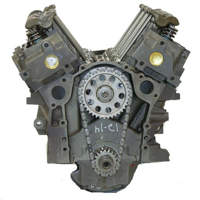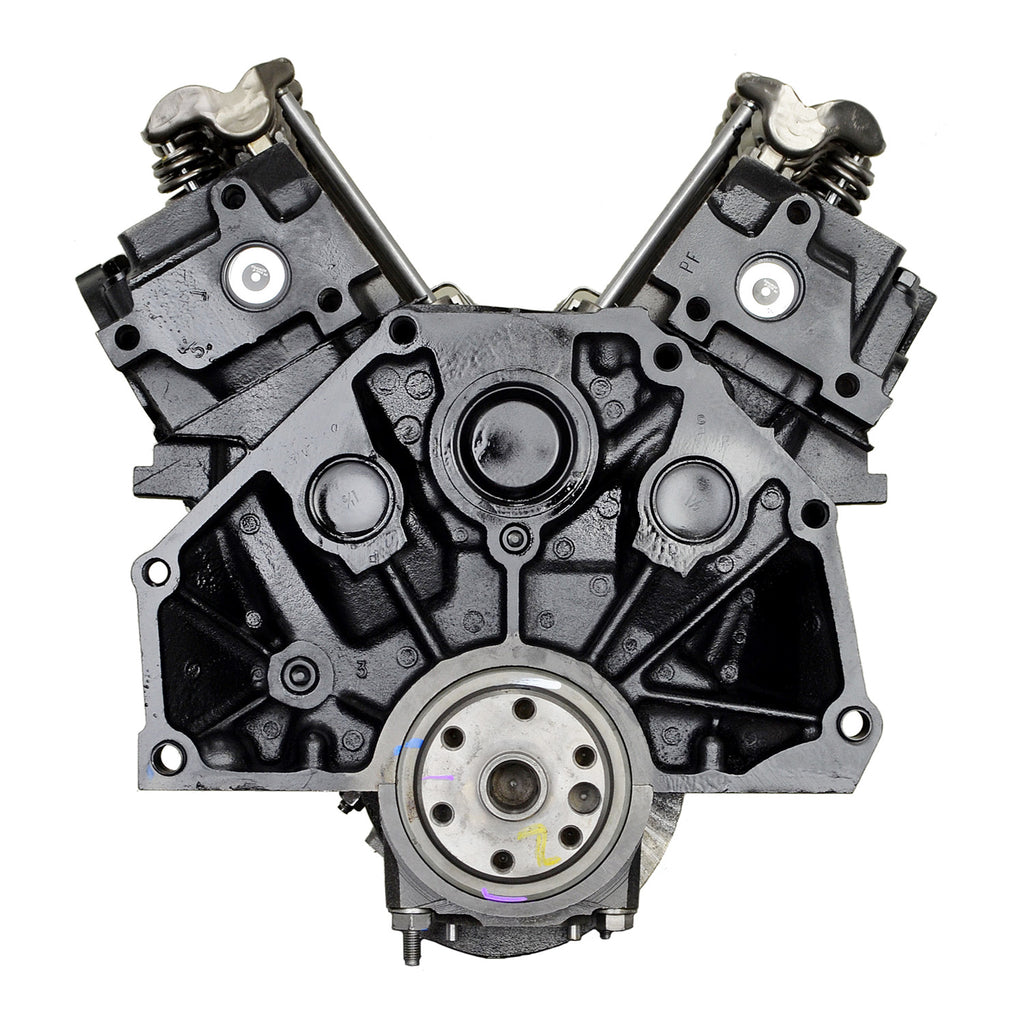Understanding the Fundamentals of Vehicle Engines: Functions, kinds, and attributes

Introduction of Auto Engines
A car engine works as the heart of an automobile, transforming fuel right into mechanical energy to thrust it onward. This complex system comprises numerous components that operate in unison to make sure optimal performance and performance. The essential procedure of an automobile engine entails the interior burning process, where fuel and air are blended, stired up, and removed to produce power.
The engine's design can substantially impact its efficiency, fuel effectiveness, and exhausts. Key elements consist of the cyndrical tube block, pistons, crankshaft, and camshaft, each playing a crucial role in the engine's general feature. The cyndrical tube block houses the cyndrical tubes where combustion occurs, while the pistons transform the explosive energy from burning right into straight activity. This motion is then transformed into rotational power by the crankshaft, making it possible for the vehicle's wheels to turn.
In addition to these components, engines frequently use different systems such as fuel injection, ignition, and cooling systems to improve efficiency and durability. Understanding the basic mechanics of car engines is vital for diagnosing issues and performing maintenance, inevitably adding to the lorry's reliability and performance in time.

Kinds of Auto Engines
Auto engines can be classified right into numerous types based on their style, gas type, and operational principles. 2.2 ford ranger engine. The most common groups consist of interior burning engines (ICE), electrical engines, and hybrid engines
Internal combustion engines, which can be further separated right into gasoline and diesel motor, operate by sparking a fuel-air mixture to generate power. Gas engines are commonly lighter and smoother, while diesel motor are much more fuel-efficient and deal higher torque.
Electric engines utilize electrical energy saved in batteries to power an electrical motor, offering instant torque and zero emissions throughout operation. As modern technology breakthroughs, electrical cars (EVs) are significantly ending up being preferred for their environmental advantages and lower running expenses.
Hybrid engines integrate components of both interior burning and electric engines, permitting flexible power resources and improved gas efficiency. They can operate in various settings, utilizing either the gas engine, the electrical motor, or both all at once.
Each sort of engine has distinctive advantages and downsides, influencing their application in different lorry types and market segments, from small cars and trucks to durable vehicles. Understanding these types is essential for making notified choices pertaining to vehicle option and efficiency assumptions.
Engine Functions Discussed
Recognizing engine features is critical for understanding exactly how automobiles run effectively. At the core of any type of interior burning engine lies the essential process of converting fuel into mechanical energy.
The ignition occurs next, firing up the mix and producing a fast growth of gases. This force drives the piston down during the power stroke, which ultimately equates into the rotational motion of the crankshaft. The exhaust stroke then removes the invested gases from the chamber, giving way for a new cycle to begin.
In addition to these main functions, engines likewise integrate systems that handle cooling and lubrication, making sure ideal operational temperature levels and lowering rubbing between moving parts. This intricate interaction of features enables the engine to generate the power essential for automobile propulsion while preserving effectiveness and reliability. Recognizing these features offers important understanding into the complexities of automotive design and enhances the capacity to identify and address engine-related issues efficiently.
Trick Engine Functions
Engine go to my blog design incorporates several vital attributes that considerably affect efficiency, longevity, and efficiency. Among the most crucial aspects is the engine arrangement, that includes inline, V-type, and level designs. Each arrangement affects the engine's equilibrium, power, and size outcome, therefore affecting total vehicle dynamics.
An additional vital function is the engine variation, referring to the overall volume of all cylinders. Bigger displacements normally yield more power yet may compromise gas performance. Engine materials likewise play a crucial duty; high-strength and lightweight products, such as light weight aluminum and magnesium alloys, enhance performance without adding extreme weight.
The kind of gas shot system employed-- such as multi-port or direct injection-- impacts combustion effectiveness and exhausts. Turbocharging and supercharging are attributes that enhance engine performance by forcing extra air into the combustion chamber, boosting power result without considerably enhancing engine size.
Lastly, the presence of advanced engine management systems optimizes fuel-air combination and ignition timing, adding to smoother procedure and far better gas economy. Jointly, these attributes specify an engine's capabilities, setting the foundation for its efficiency and long life in an affordable automobile landscape.
Maintenance Tips for Engines
Correct engine upkeep is critical for making sure ideal performance and longevity, as overlooking routine treatment can bring about considerable concerns down the line. To keep your engine efficiently, start with normal oil modifications, generally every 3,000 to 7,500 miles, depending on the sort of oil used. Fresh oil lubes engine elements, reducing rubbing and wear.
Furthermore, keeping an eye on coolant levels is essential to stop getting too hot. Make certain that the coolant is covered up and remains in excellent problem to keep reliable temperature law. Routinely examine and change air and gas filters, as blocked filters can prevent airflow and gas delivery, jeopardizing engine efficiency.
In addition, take note of spark plugs and ignition systems. Used or malfunctioning trigger plugs can lead to misfiring and minimized efficiency. Examining the battery terminals and connections for rust is additionally vital, as a weak battery can influence engine starting.

Conclusion
In recap, an extensive understanding of cars and truck engines includes numerous kinds, features, and vital attributes that considerably influence lorry performance. Interior burning engines, along with electrical and hybrid options, show varied mechanisms for energy conversion. 2.2 ford ranger engine. Recognizing the crucial functions, such as intake and exhaust cycles, together with essential engine attributes like arrangement and gas injection systems, furnishes automobile owners with the knowledge essential for reliable maintenance and operation, eventually enhancing lorry long life and performance
A vehicle engine serves as the heart of a lorry, converting gas right into mechanical energy to thrust it ahead. The fundamental procedure of an auto engine involves the internal burning procedure, wherein gas and air are mixed, stired up, and removed to create power.
On a regular basis check and replace air and fuel filters, as stopped up filters can prevent airflow and fuel delivery, endangering engine performance. - 2.2 ford ranger engine
In summary, a detailed understanding of cars and truck engines incorporates different kinds, features, and key attributes that substantially influence vehicle performance. Identifying the vital functions, such as consumption and exhaust cycles, along with essential engine attributes like setup and gas injection systems, furnishes car owners with the knowledge necessary for efficient maintenance and operation, ultimately boosting lorry durability and efficiency.
Comments on “Top Benefits of Choosing the 2.2 Ford Ranger Engine for Your Next Pickup”